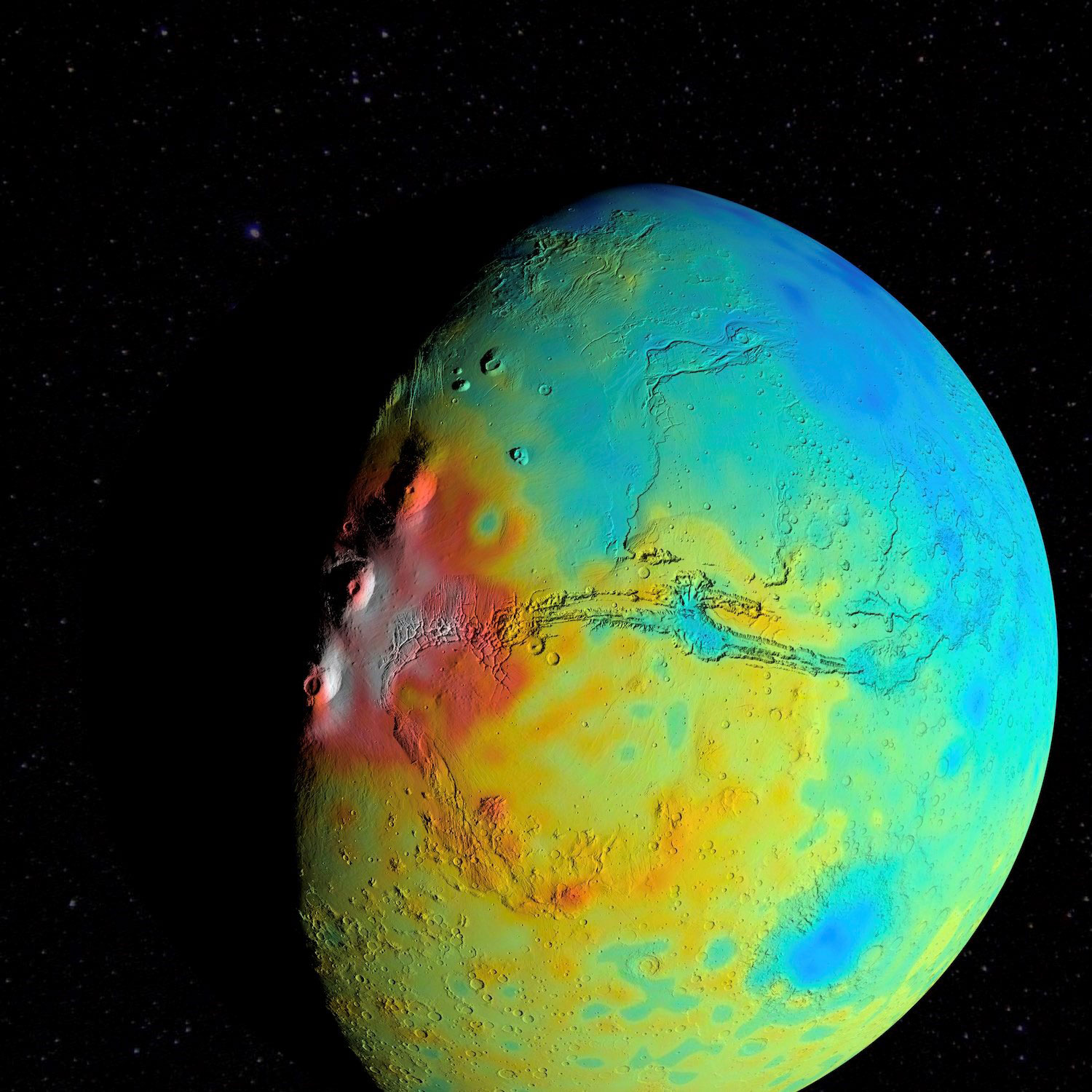

Javier Medina*, Aránzazu Manzano, Alicia Villacampa, Malgorzata Ciska and Raúl Herranz

“It is likely that a ‘two-planet mission’ approach would more than justify adding a Venus science focus to Mars-bound flybys of Venus.F. Venus science is every bit as interesting and important as Mars, and just as crucial to comparative planetology,” the scientists said. “A science-intensive flyby of Venus on any leg of a crewed mission to Mars makes any such endeavor a two-planet mission. Why not just use an excursion to Mars as an opportunity? Manned missions to Venus were part of our space agency’s plans anyway. Rovers and other instruments can ride along with the astronauts and be controlled with a joystick in what sounds like the most awesome space video game ever. Human brains are much better at making observations during a flyby. Contrary to what sci-fi would have you believe, robot brains are not infallible. While gravitational energy will save what would otherwise be a crushing amount of money spent on fuel (and liftoff when you factor in the extra weight), NASA is considering plans for astronauts to get a closer look at its toxic skies and scorching surface before they take off again. Venus isn’t just a convenient gas station for energy. Both Voyagers are now trekking through interstellar space. What the spacecraft took from Jupiter boosted the momentum it already had and gave it enough power to launch in the opposite direction, with the planet’s gravity bending its path toward Saturn, where it would repeat the process. This might have not been a big deal for something as gargantuan as Jupiter.

It approached until the gas giant’s gravity pulled it in, increasing its speed until its own gravitation pulled at Jupiter, marginally decreasing the orbiting planet’s momentum as it moves in an arc. NASA’s probe pulled off an opposition mission by borrowing some gravitational energy from Jupiter and Saturn, though most notably Jupiter’s. This is how Voyager 2 managed its tour of all the planets before drifting off to the outer reaches of the solar system. An opposition mission, which is the type being suggested now, would put the spacecraft in a position to be launched toward Mars by the gravitational forces of Venus. You really don’t want to deal with living in deep space for too long when the human body isn’t made to exist without gravity. That means 180 days each way and 550 days on the Red Planet. Getting to and from Mars would also take longer. If we were to take the route of a conjunction mission, which relies on two planets’ orbits aligning, the launch would have to be put off for up to a year and a half. "'Humans to Mars - via Venus' is logical, exciting, and offers unprecedented science at Mars and Venus at a fraction of the cost of dedicated crewed missions to both,” the scientists said in a white paper currently on the preprint server ArXiv. You know this method has to have some potential if NASA hinted at it in its Plan for Sustained Lunar Exploration and Development, which also included possibilities for Mars. It would take advantage of our sister planet’s gravity by approaching just close enough to marginally slow down the orbiting planet, whose energy would then shoot it to Mars, but not before astronauts on the mission got to study the mysterious second planet. The spacecraft would use the same gravity assist method as the Voyagers and Cassini. Because waiting too long for planets to align is not an option, a team of scientists and engineers have proposed a way to use Venus as a cosmic slingshot to Mars. Using the upcoming Lunar Gateway as a way station is one option, but what if there was a faster way that didn’t involve the Moon (no offense to our satellite) or massive amounts of fuel? Future Mars missions have been hyped up all over the internet and beyond.


 0 kommentar(er)
0 kommentar(er)
